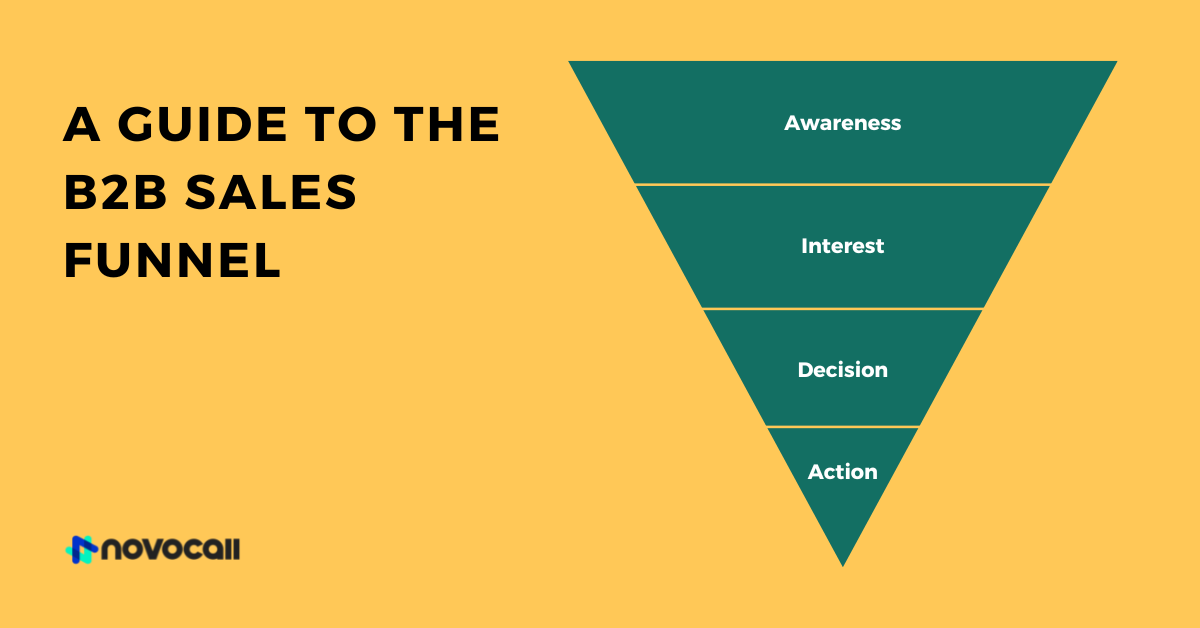


Start driving better conversations.
Novocall will be your new favorite business phone system.


Content Writer
Even the most focused outbound calls can turn into chaos if not structured properly — let alone conference calls with 100 other people.
With participants talking over each other, the nuisance of controlling who to speak next, and the awkwardness of dealing with the disagreements in the call can make it daunting.
However, with thorough preparation, you can get through conference calls like a breeze!
Let’s take a look at 8 conference call script samples to help you steer your next conference call like a professional.
Before we dive deeper into the sample call scripts, here is the structure that most conference calls should have:
Having a clear structure of how the conference call will proceed will help you and your audience set an expectation of what to expect. This will also keep them engaged throughout the call knowing what’s in it for them.
Starting the call on the right foot is what will almost always ensure a successful conference call. Having an engaging opening, while still keeping it clear and concise, will set the tone for what’s to come.
An introduction can be as straightforward or complex depending on several factors, like the number of participants, the nature of your call, or the call’s purpose.
This script is ideal for small meetings where you probably know your participants and are familiar with their names, something like internal department conferences or sales kickoffs.
When you have such few participants on the call, keeping it personal can engage with your audience even more. That said, address your attendees before you proceed with the main presentation.
Here’s a script you can use:

If you’re hosting a huge conference with many participants, it’ll be impossible to address everyone by their name — this will just take too long and you don’t want to waste everyone’s time.
Simply acknowledge everyone on the call and introduce the key speakers (if applicable). Also, since it’s such a big call, your introduction should also cover relevant details at the start of the call, such as your legal disclosures, guidance about recording the calls, safe harbor statements, or your privacy policies.
Here’s a script you can use:

After the introductions, it’s good practice to summarize the purpose of the conference call. State the key points that will be covered in your discussion, like a verbal content page. It’ll be even better if you prepare some slides for your audience.
Here’s a script you can use:

More often than not, discussions during conference calls can go in the wrong direction because of poor coordination.
It’s important to know the speaking order and how to control the flow of the conversation as it unfolds during the call session. Topics may arise that you did not plan for, participants might argue, or two or three people talk over each other.
The key here is to be clear in asking your questions and acknowledging their comments before moving to the next participant.
Also, genuinely appreciate the input of every member so they feel that their voice is heard and valued. You can rephrase their points to make them know you are listening.
Here’s a script you can use:

Oftentimes, because there’s an open discussion, participants might go off the topic of the conference call.
If you feel that a participant is deviating, don’t panic. Simply remind them politely to focus on the main point at hand.
Here are some scripts you can use:


If your conference call features a Q&A session to engage participants, you need to equip yourself with better conference call management skills to handle the sessions effectively.
Here’s what you should equip yourself with to lead a Q&A session successfully:
Here’s a script you can use:

After the main session concludes, it’s wise to wrap up your call with style. Before you end the call, share any information about follow-ups or a possible post-Q&A session.
Be sure to include a call to action if it is relevant or necessary.
You’ll most likely want to follow up with a phone call, email, fax, or memo to get feedback on the call, share relevant details that you promised during the call, or confirm the decisions made and actions to be taken after the call.
You can also use the feedback that the participants shared with you to improve on your next conference call.
Finally, do not forget to thank all the participants for their time and contribution.
Here’s a script you can use:

A successful conference call comes from an effective structure of your calls and thorough preparation. And following these sample conference call scripts that actually work will bring you one step closer to hosting the perfect conference call!
For more of such templates and scripts, check out our blog!

Ben is a content writer at Novocall.
Related articles
Subscribe to our blog
Get insights & actionable advice read by thousands of professionals every week.

